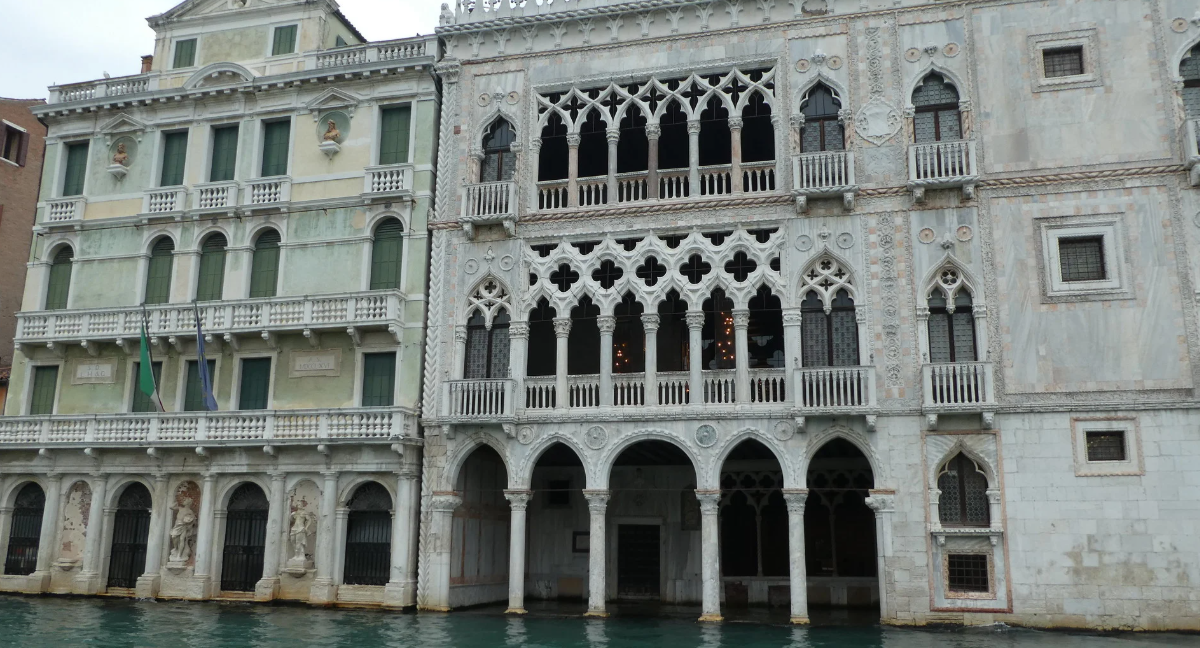Venetian Architecture: A Journey Through Centuries of Influence
Venice is unlike any other city in the world, and nowhere is this uniqueness more evident than in its architecture. Rising from the waters of the Venetian Lagoon, the city’s palaces, churches, and bridges tell the story of a Republic that once stood at the crossroads of East and West. For travellers exploring Venice today, every façade reveals centuries of history, innovation, and cultural exchange.
The Birth of Venetian Architecture
In its early days, Venice was a city built for survival. Surrounded by marshlands and open sea, Venetians used wood and simple stone to build their homes on wooden piles driven deep into the lagoon bed. Over time, these modest constructions evolved into fortified houses, designed to withstand both the tides and potential invaders.
As trade expanded, wealth flowed into the Republic, and Venice began to showcase its prosperity in stone and marble. The city’s distinctive Byzantine style emerged, heavily influenced by Constantinople. The most iconic example is St. Mark’s Basilica, completed in the 11th century, with its golden mosaics, domes, and oriental flair—a symbol of Venice’s role as a bridge between Europe and the East.
The Gothic Splendour of Venice
By the 14th and 15th centuries, Venice embraced Gothic architecture, yet in its own unique way. Unlike the heavy stone cathedrals of northern Europe, the Venetian Gothic style was lighter, elegant, and adapted to the city’s watery setting.
The Doge’s Palace is the perfect example: airy loggias, delicate tracery, and pointed arches combined to create one of the most beautiful political buildings in Europe. Palaces such as Ca’ d’Oro further illustrate how Venetian merchants and nobles expressed their wealth and sophistication.
The Renaissance in Venice
During the Renaissance, Venice welcomed the influence of mainland Italy while preserving its distinct character. Architects like Jacopo Sansovino transformed the city with harmonious, balanced designs.
The Libreria Marciana in Piazza San Marco remains one of the most celebrated Renaissance buildings, symbolizing knowledge and power. Meanwhile, the use of classical symmetry merged seamlessly with Venice’s traditional fondness for ornate decoration.
The Baroque Era
In the 17th century, Venice embraced the Baroque style, adding grandeur and theatricality to its skyline. The Church of Santa Maria della Salute, designed by Baldassare Longhena, is a striking example. Built as a votive offering after the plague of 1630, its massive dome dominates the entrance to the Grand Canal—a dramatic landmark for sailors arriving in the city.
Modern and Contemporary Venice
While Venice is often associated with its historic styles, the city did not stop evolving. The 19th century brought neoclassical façades, while the 20th century introduced restoration projects to preserve the city’s fragile heritage. Today, Venice balances its past with the present. Contemporary interventions, like the Punta della Dogana museum, renovated by architect Tadao Ando, show how modern design can coexist with history.
Why Venetian Architecture Is Unique
Unlike other European cities, Venice never demolished its old quarters to make way for modern boulevards. Instead, the layers of history coexist. Byzantine mosaics, Gothic palaces, Renaissance loggias, and Baroque domes stand side by side, creating a living museum. For travellers, wandering through Venice is like walking through time itself.
Discover Venetian Architecture with a Private Boat Tour
The best way to admire Venetian architecture is from the water, just as merchants and nobles once did. At Vidal Venice Tours, we offer intimate boat tours for up to 10 guests, guiding you through the city’s hidden corners. From Gothic palaces glowing at sunset to Baroque domes reflected on the water, every angle tells a story. Just drop us a message here!
Whether you’re passionate about history, photography, or simply the beauty of Venice, exploring its architecture by boat gives you a perspective no walking tour can offer.
Final Thoughts
Venetian architecture is more than a collection of buildings—it is a testament to the Republic’s resilience, creativity, and openness to the world. For centuries, influences from Byzantium, the Islamic world, mainland Italy, and beyond shaped the city into the masterpiece we admire today.

